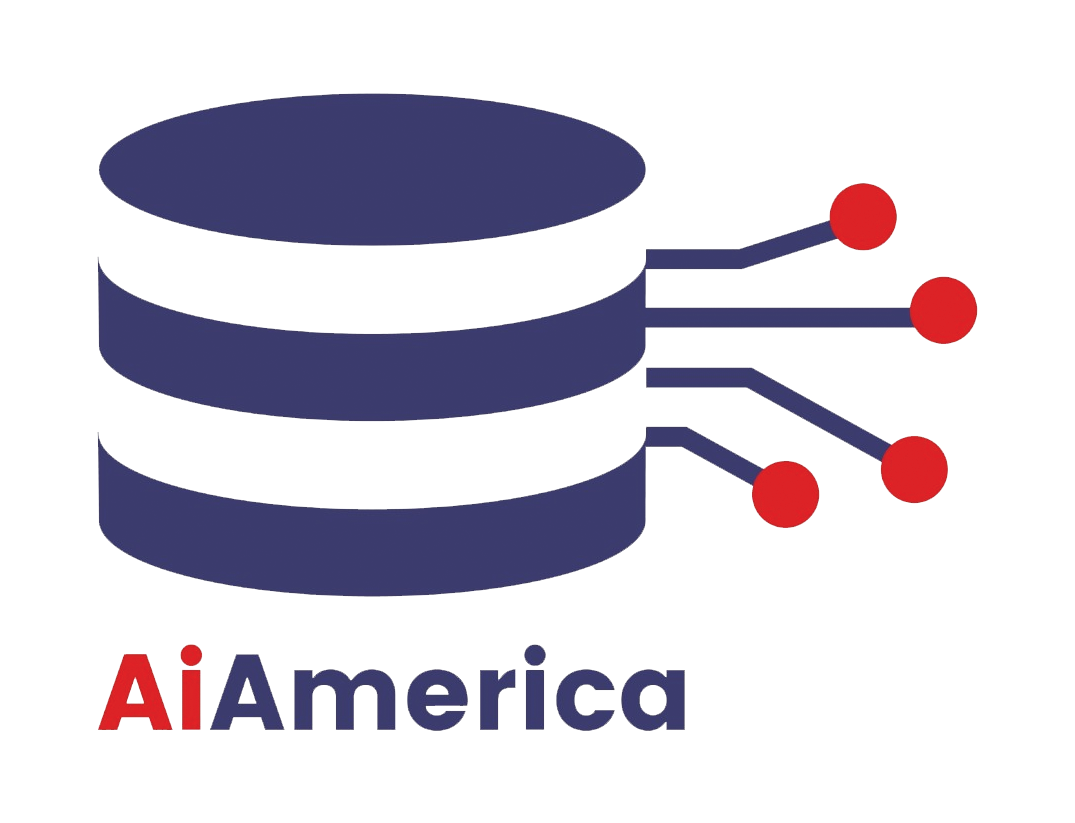
Close

In the era of big data, the ability to identify meaningful patterns and structures within datasets is the key to unlocking valuable insights. One unsung hero in the world of data clustering is the Density-Based Spatial Clustering of Applications with Noise, or DBSCAN, algorithm. In this blog post, we’ll delve into the fascinating world of DBSCAN, exploring its inner workings, applications, and why it’s a vital tool in the data scientist’s toolkit.
Understanding DBSCAN: An Overview
DBSCAN is a density-based clustering algorithm, meaning it groups together data points that are close to each other in dense regions while marking isolated data points as noise. Unlike some other clustering algorithms, DBSCAN doesn’t require specifying the number of clusters in advance, making it particularly useful when the data’s structure is not known beforehand.
How DBSCAN Works
DBSCAN operates in a few simple steps:
Density Estimation: The algorithm starts by estimating the density around each data point. It does this by counting how many data points lie within a specified distance (epsilon) from a given point.
Core Points: Data points with a minimum number of neighbors (a user-defined parameter) within the epsilon distance are marked as “core points.” These core points are the foundation of clusters.
Density Connectivity: DBSCAN then connects core points that are close to each other, forming a cluster. A cluster is essentially a group of core points that can be reached by stepping from one core point to another, based on the epsilon distance.
Noise Detection: Data points that are not part of any cluster and don’t meet the criteria to be core points are classified as noise.
Practical Applications of DBSCAN
DBSCAN has a wide range of applications, including:
Anomaly Detection: DBSCAN is excellent at identifying anomalies or outliers in data, which is crucial in fraud detection, network security, and quality control.
Image Segmentation: It’s used in image processing to segment objects from the background.
Customer Segmentation: Businesses use DBSCAN to group customers with similar purchasing behaviors, allowing for targeted marketing strategies.
Spatial Data Analysis: DBSCAN is valuable in geographic information systems (GIS) for clustering spatial data points.
Why AI America Chooses DBSCAN
At AI America, we recognize the power of DBSCAN in discovering data structures and uncovering hidden insights. Our team of data scientists leverages DBSCAN in various domains to help organizations make data-driven decisions, detect anomalies, and optimize processes.
Conclusion: Unveiling Insights with DBSCAN
In a world where data is the lifeblood of decision-making, DBSCAN shines as a versatile and powerful tool for data clustering and anomaly detection. At AI America, we believe that DBSCAN is instrumental in bringing hidden patterns to light and driving innovation in industries across the board. As we continue to explore and apply this algorithm, we are confident that DBSCAN will remain a cornerstone of our data analysis strategies.